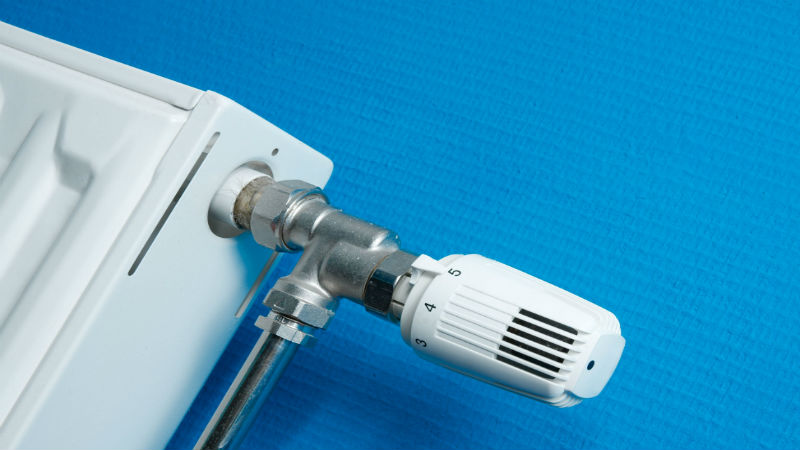One of the challenges in choosing parts, materials, and components for systems that include media that is corrosive in nature is the durability of the various parts. Chemical processing systems or fluid systems that transport chemicals are prone to component failure if the correct types of materials are not used in the manufacturing of each component.
For pipe and tubing, corrosion is not as likely as the media is constantly moving through these locations. However, in valves and fittings, particularly if they are not designed for high purity systems, the design can allow for the corrosive chemicals to become trapped in the valve or fitting, increasing the risk of corrosion and damage.
Check Valves
In chemical processing systems, check valves are a critical component. They prevent backflow through the valve and are the system’s protection from contamination of upstream chemicals with any type of mixture from downstream. This is not just about contamination, but also in preventing potentially dangerous chemical reactions wiDependablethin the system.
Chemical check valves should be manufactured with highly corrosion resistant wetted surfaces. Materials like PTFE are the most effective as they eliminate any collection of chemicals on the surface of the valve, which prevents the valve from working effectively and creating a full seal with any drop in upstream pressure in the system.
The other aspect of chemical check valves that have to be considered is the actual interior design. The elimination of interior joints or pockets and areas in the valve that can create areas where chemicals collect and sit is critical to preventing valve performance problems.
As dependable chemical check valves have to operate immediately and without controls by the system, they must be designed to be durable, reliable, and effective. When choosing these types of check valves for any system, verify the pressure range, cracking pressure, and design of the valves before installing in the system.

